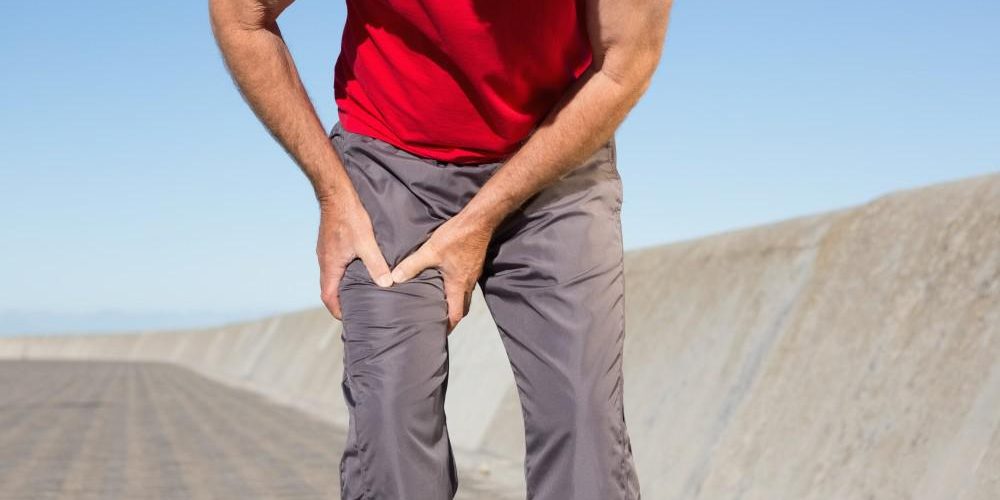Pain in your hips, knees, shoulders, or any of the hardworking joints in your body is a common complaint that stems from various issues. So common, that many people assume it’s just a normal part of life. That’s not true.
The team of highly skilled pain management specialists at the Pain Institute of Southern Arizona is well-known for providing highly effective treatment for a wide variety of conditions that lead to pain, including issues that affect your joints. They serve residents throughout southern Arizona from their offices in Tucson, Safford, and Benson.
Read what these top-rated medical experts have to say about the steps you can take to prevent joint pain from slowing you down.
1. Stay physically active
Joints stiffen with inactivity. This can worsen discomfort and increase your risk of injury. You can help prevent this by maintaining a healthy routine that includes joint-friendly activities such as walking, cycling, or swimming. Add strengthening exercises to give your muscles the boost they need to protect your joints.
If you’ve experienced an injury, follow your physician’s directions for resting the joint. At the Pain Institute, we provide clear and detailed instructions about how to keep your joints moving as you heal.
2. Maintain flexibility and joint range of motion
Focus on movements aimed at keeping you limber while preserving range of motion in your joints. Try daily shoulder rolls, flexing and pointing your toes, and other similar moves to target joints throughout your body. Yoga or similar forms of stretching helps keep your muscles and joints supple. As with any exercise routine, start slowly and advance as you gain flexibility.
3. Lose the excess weight and nourish your joints
Excess weight significantly increases stress and strain on your hips, knees, ankles, and other weight-bearing joints. Losing those extra pounds decreases your risks of developing debilitating and painful joint conditions. Help keep your joints healthy by maintaining a diet that includes fresh fruits and vegetables, lean proteins, and whole grains.
4. Modify your activity as necessary
While it’s vital to maintain a healthy exercise routine throughout your life, there does come a time when you may need to consider alternative routes to physical fitness. Low impact activities such as cycling and walking, for instance, are much easier on hips, knees, etc. than running.
Regardless of your age, you can also help prevent overuse injuries such as runner’s knee by balancing your workout with various alternative activities during the week.
5. Don’t try to power through the pain
Pain is your body’s signal that something has gone wrong, and effective treatment for joint pain includes understanding the underlying cause of the discomfort.
Signs that you may need medical care include redness, swelling, tenderness, and warmth around the joint. We recommend you check in with your provider if your pain does not resolve within one to two days or interferes with your ability to move the joint.
At the Pain Institute of Southern Arizona, we provide through evaluations and develop treatment strategies designed to resolve your symptoms and keep you active and moving without pain.
If you’re experiencing persistent joint pain or would like more information about preserving your joint health, schedule a visit at the Pain Institute of Southern Arizona today.





